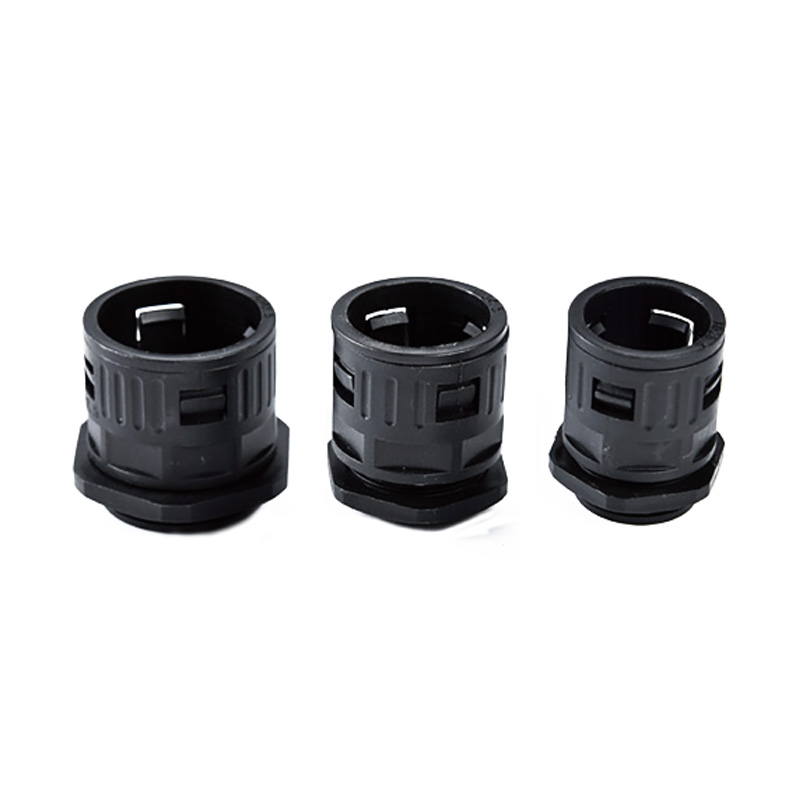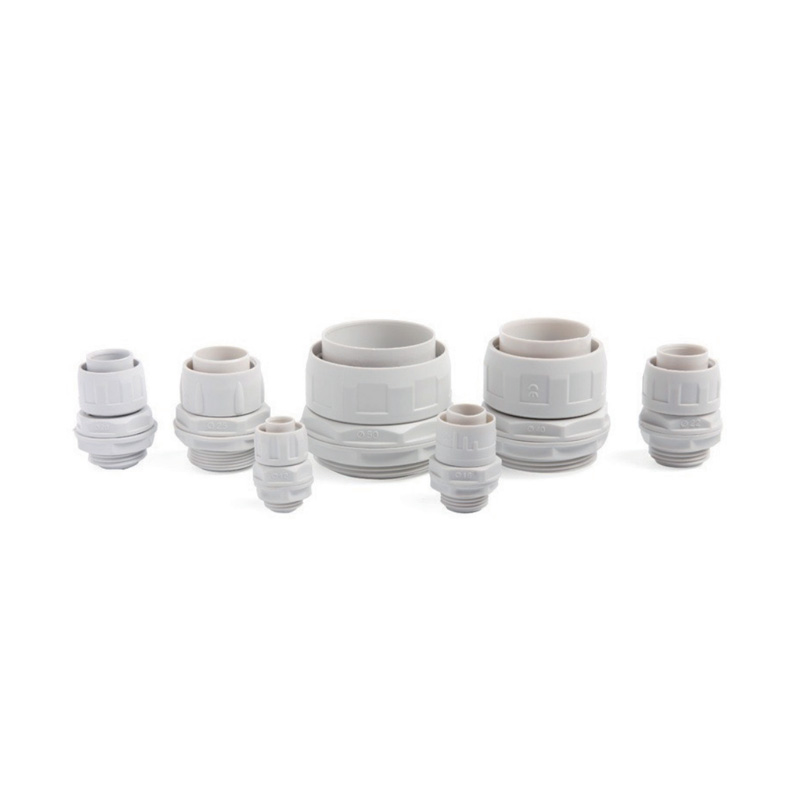Understanding and selecting the correct IP rating is essential when choosing a Waterproof Junction Box or Waterproof Distribution Box. It ensures safety, reliability, and long-term...
READ MORE-
-
Outdoor electrical installations face unique challenges that require specialized components to ensure their reliability and safety. Among the more important components are metal ca...
READ MORE -
Durability is a key factor when designing and maintaining electrical systems. With so many environmental challenges that electrical installations face—such as excessive temperature...
READ MORE -
Safety compliance is not just about adhering to regulations; it’s about protecting people, equipment, and infrastructure from the risks of electrical hazards. Electrical fires, sho...
READ MORE
Industry Knowledge Extension
What Are Quick Connectors?
Quick connectors are devices designed to simplify electrical wiring by allowing fast, secure, and tool-free connections between wires or components. They are widely used in automotive, industrial, and residential applications where efficiency and reliability are important. Quick connectors come in several types, each suited to specific applications.
1. Spade Terminals
Spade terminals, also called fork terminals, allow wires to be quickly attached to a screw or stud. Their open-ended design makes installation and removal fast without fully removing the fastening screw, which is ideal for temporary or adjustable connections.
2. Ring Terminals
Ring terminals provide a secure, permanent connection by encircling a screw or bolt. These connectors are commonly used where a reliable mechanical connection is required, such as grounding wires in automotive or industrial applications.
3. Butt Connectors
Butt connectors join two wires end-to-end. They allow wires to be spliced without soldering, often using a crimping tool to secure the connection. These are commonly used for extending wire lengths or repairing damaged cables.
4. Quick Disconnect Terminals
These connectors, sometimes called push-on or blade terminals, feature male and female components that slide together. They are widely used in automotive and household appliances for fast disconnection and reconnection without tools.
5. Push-In Connectors
Push-in connectors allow wires to be inserted into a terminal where an internal spring clamps the wire securely. These are common in low-voltage residential and commercial electrical systems for rapid and reliable connections.
Quick connectors streamline wiring tasks, reduce installation time, and provide secure connections without specialized tools, making them a versatile choice across various industries.
What Are the Advantages of Quick Connect Wire Connectors?
Quick connect wire connectors offer several benefits that make them preferable in many electrical applications.
Advantages: Time-Saving Installation
Quick connect connectors allow for fast and tool-free wiring, reducing installation time significantly compared to traditional screw or soldered connections. This advantage is particularly valuable in assembly lines, automotive repairs, or large-scale electrical projects where efficiency is critical.
Advantages: Secure and Reliable Connections
These connectors provide consistent and secure electrical contact. Designs such as crimped terminals, push-in mechanisms, and spring clamps ensure stable connectivity, the risk of loose wires, arcing, or intermittent connections. Reliable performance is critical in safety-sensitive applications, including automotive systems, industrial machinery, and household electrical circuits.
Advantages: Flexibility and Reusability
Quick connect connectors often allow wires to be disconnected and reconnected easily without damaging the terminals or insulation. This flexibility simplifies maintenance, troubleshooting, and future modifications. Users can replace components or reroute wiring without extensive rewiring, reducing labor costs and material waste.
These advantages make quick connect wire connectors an efficient, reliable, and adaptable solution for various electrical installations, providing both performance and convenience for electricians and end-users.
Quick Disconnect Wire Connectors
Quick disconnect wire connectors are a subset of quick connectors designed for applications where frequent disconnection and reconnection are required. These connectors typically consist of a male blade terminal and a female receptacle.
Functionality
The male and female terminals slide together, forming a secure electrical connection without tools. This allows for rapid connection and disconnection in automotive wiring harnesses, appliances, and industrial equipment. Quick disconnect connectors are available in various sizes to accommodate different wire gauges and current ratings.
Advantages
Quick disconnect connectors reduce the risk of wire damage during maintenance because they do not require cutting or soldering. They are also designed to maintain consistent electrical contact under vibration or mechanical stress, making them ideal for moving or harsh environments.
Applications
These connectors are commonly used in automotive wiring, HVAC systems, control panels, and low-voltage industrial equipment. Their easy installation, reliability, and reusability make them a preferred choice for temporary or frequently serviced electrical connections.
By combining speed, reliability, and flexibility, quick disconnect wire connectors contribute significantly to safer and more efficient wiring in both residential and industrial applications.


 English
English 中文简体
中文简体 Español
Español عربى
عربى












